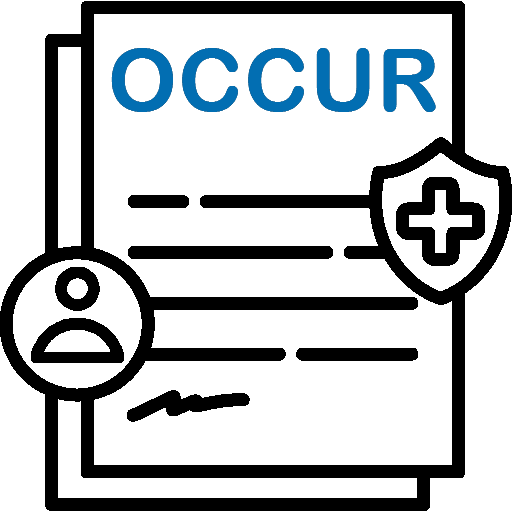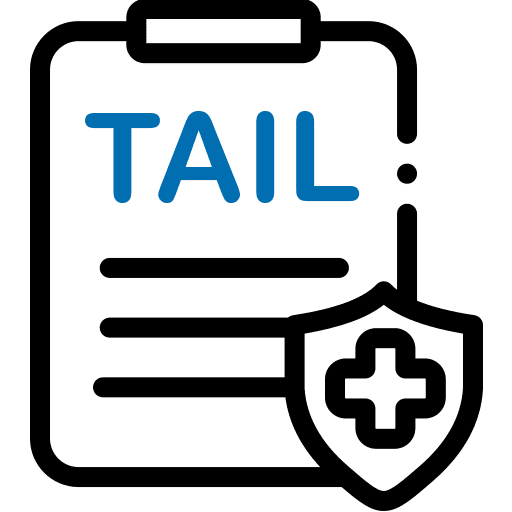
In Need of Medical Malpractice Insurance in Connecticut?
If you are a physician needing medical malpractice coverage in Connecticut, MEDPLI will work for you as your only trusted broker.
Use the information in this 2024 Buying Guide to get ready to discuss your medical malpractice insurance needs with a MEDPLI insurance broker. Get a quote.
Connecticut Professional Liability Insurance Market Summary
Physicians in Connecticut have many options for obtaining medical malpractice insurance, but we recommend carriers rated “A” by A.M. Best because of their long-term financial solvency and a history of providing robust financial and legal support for Connecticut physicians.
Some of the top-rated medical malpractice insurance companies serving Connecticut physicians include:
Malpractice Insurance Rates for Connecticut Doctors
This information includes general estimated premiums which can vary greatly based on many factors, such as practice location, medical/surgical specialty, and past claims history. Talk to a MEDPLI broker to get quotes tailored to your unique coverage needs.
| Specialty | Approximate Claims Made Rate | Approximate Tail Rate | Approximate Occurrence Rate |
|---|---|---|---|
| Anesthesiology | $17,000 | $7,000 | $35,000 |
| Cardiovascular Disease Minor Surgery | $24,000 | $12,000 | $35,000 |
| Emergency Medicine | $37,000 | $19,000 | $53,000 |
| Family Practice No Surgery | $14,000 | $7,000 | $21,000 |
| Gastroenterology No Surgery | $17,000 | $10,000 | $25,000 |
| General Surgery | $51,000 | $19,000 | $82,000 |
| Internal Medicine No Surgery | $15,000 | $7,000 | $21,000 |
| Neurology No Surgery | $20,000 | $10,000 | $30,000 |
| Obstetrics and Gynecology Major Surgery | $109,000 | $77,000 | $159,000 |
| Occupational Medicine | $11,000 | $6,000 | $20,000 |
| Ophthalmology No Surgery | $10,000 | $5,000 | $16,000 |
| Orthopedic Surgery No Spine | $47,000 | $19,000 | $67,000 |
| Pediatrics No Surgery | $15,000 | $8,000 | $21,000 |
| Psychiatry | $11,000 | $6,000 | $16,000 |
| Radiology – Diagnostic | $21,000 | $10,000 | $26,000 |
*Using the CT standard limits of $500,000 Each Claim / $1,500,000 Aggregate per year in coverage
Each practice risk profile is different, and your rates could vary significantly. MEDPLI specializes in medical malpractice insurance and tail insurance coverage for Connecticut physicians and surgeons. To get estimates based on your specific scenario, reach out for a personalized quote. Get a quote.
Types of Professional Liability Insurance for Connecticut Physicians
Here is a brief overview of the most common types of medical malpractice insurance for physicians in Connecticut:

1. Claims-Made Insurance
Claims-made malpractice insurance provides coverage if the policy is in effect when the incident took place AND when the claim is filed. If a claim is filed after the end of the policy date, the claim is NOT covered. With a claims-made policy you need tail malpractice insurance, which is a separately purchased insurance policy or endorsement, to make sure you have full protection.
Learn more about claims-made insurance here.

2. Occurrence Insurance
Occurrence malpractice insurance provides coverage for incidents that occurred during the policy year, regardless of when a claim is reported to the carrier. Occurrence policies are more costly at the start of the policy, but the rate stays the same for the length of the policy, and there is no need for tail coverage when the policy ends.
Read more about occurrence insurance.

3. Tail Insurance
Since most malpractice insurance policies are underwritten on a claims-made basis, you will be exposed to a lawsuit if a former patient files a claim against you and you do not secure tail coverage. When you are preparing to leave your employer, you should seek tail coverage options with an independent broker like MEDPLI.
Tail insurance covers you for a specific time period. The new employer’s policy is not going to cover you for prior acts of a former practice, hence tail coverage is needed. Read more about tail malpractice insurance for physicians.
Reach out to an experienced MEDPLI insurance broker who will work for you to find a tail policy at a great price.
Telemedicine in Connecticut
Connecticut has extensive telemedicine legislation, which was modified in the spring of 2020 during COVID-19 pandemic. The emergency legislation was replaced in 2022 with a bill that temporarily expanded the telehealth requirements until June 30, 2024.
Physicians must be licensed to practice in Connecticut and maintain professional liability insurance in order to provide telehealth services. In addition, according to an August 2023 research report from the Office of Legislative Research, Connecticut General Assembly, some of the key features of the state’s existing and temporary telemedicine legislation include:
- “As under existing law, authorized telehealth providers must provide telehealth services within their profession’s scope of practice and standard of care.”
- “Under existing law, a telehealth provider can provide telehealth services to a patient only when the provider has met certain requirements, such as (1) having access to, or knowledge of, the patient’s medical history and health record and (2) conforming to his or her professional standard of care expected for in-person care appropriate for the patient’s age and presenting condition.”
- “The act also temporarily allows out-of-state authorized telehealth providers to practice telehealth in Connecticut until June 30, 2024. These providers must (1) be appropriately certified, licensed, or registered in another U.S. state or territory, or the District of Columbia; (2) be authorized to practice telehealth under any relevant order issued by the Department of Public Health (DPH) commissioner; and (3) maintain professional liability insurance or other indemnity against professional malpractice liability in an amount equal to or greater than that required for Connecticut health providers.”
Doctors that take care of patients via telehealth are subject to the same liabilities as with in-person treatment. Reach out to a MEDPLI insurance broker to make sure your existing medical malpractice policy extends coverage to perform telehealth services in Connecticut.
Tort Reform in Connecticut
Connecticut enacted major tort reform legislation in 1987, when the state decided that claimants “must prove by a preponderance of evidence that the health care provider’s alleged actions breached the prevailing standard of care for such a health care provider” and that “a person injured because of medical malpractice may recover compensatory damages, including lost earnings, out-of-pocket expenses, and pain and suffering.”
In 2005, Connecticut updated the tort by passing a bill that requires plaintiffs in medical malpractice cases to submit a supporting opinion from a “qualified” third-party physician or else the case will be dismissed. An additional bill was passed in 2012 to further require that the plaintiffs submit a written opinion or “certificate of merit from a similar health care provider” or specialist in the same medical discipline or specialty as the physician being sued.
Tort reform remains a hot button issue in Connecticut, and minor changes are made to the legislation as every few years someone tries to revive the tort reform debate.
Statute of Limitations for Medical Malpractice Claims
The statute of limitations for medical malpractice in Connecticut can be complex and can vary from case to case. Consulting with MEDPLI insurance brokers who understand the ins and outs of this system is an important part of protecting your medical practice with strong medical malpractice insurance coverage.
Medical Malpractice Insurance Outcomes in Connecticut
The total malpractice payout in Connecticut was $65,540,000 as of 9/30/2023 (Source: National Practitioner Data Bank).
Closing Remarks
Connecticut physicians need robust medical malpractice insurance to protect against financial loss if sued since there are no caps on economic and non-economic damages awarded to plaintiffs. However, despite Connecticut’s historically high medical malpractice insurance premiums and high payouts in malpractice lawsuits, many established physicians report that the state’s proximity to New York City, a relatively healthy population, low crime rate, and high quality of life are reasons to remain and practice in the state.



